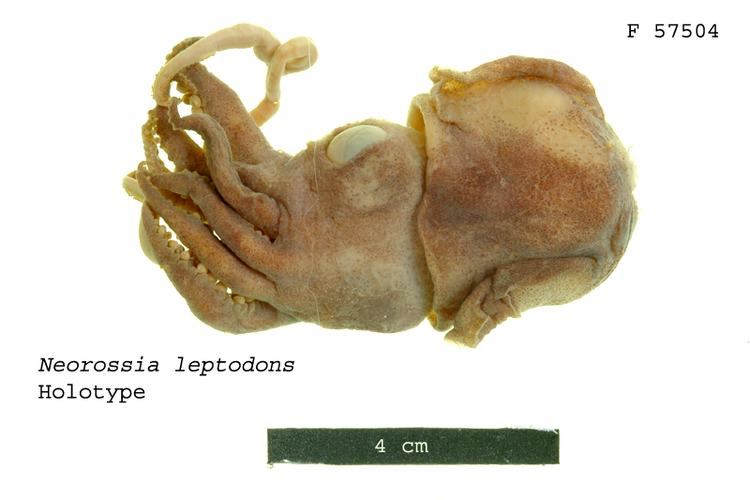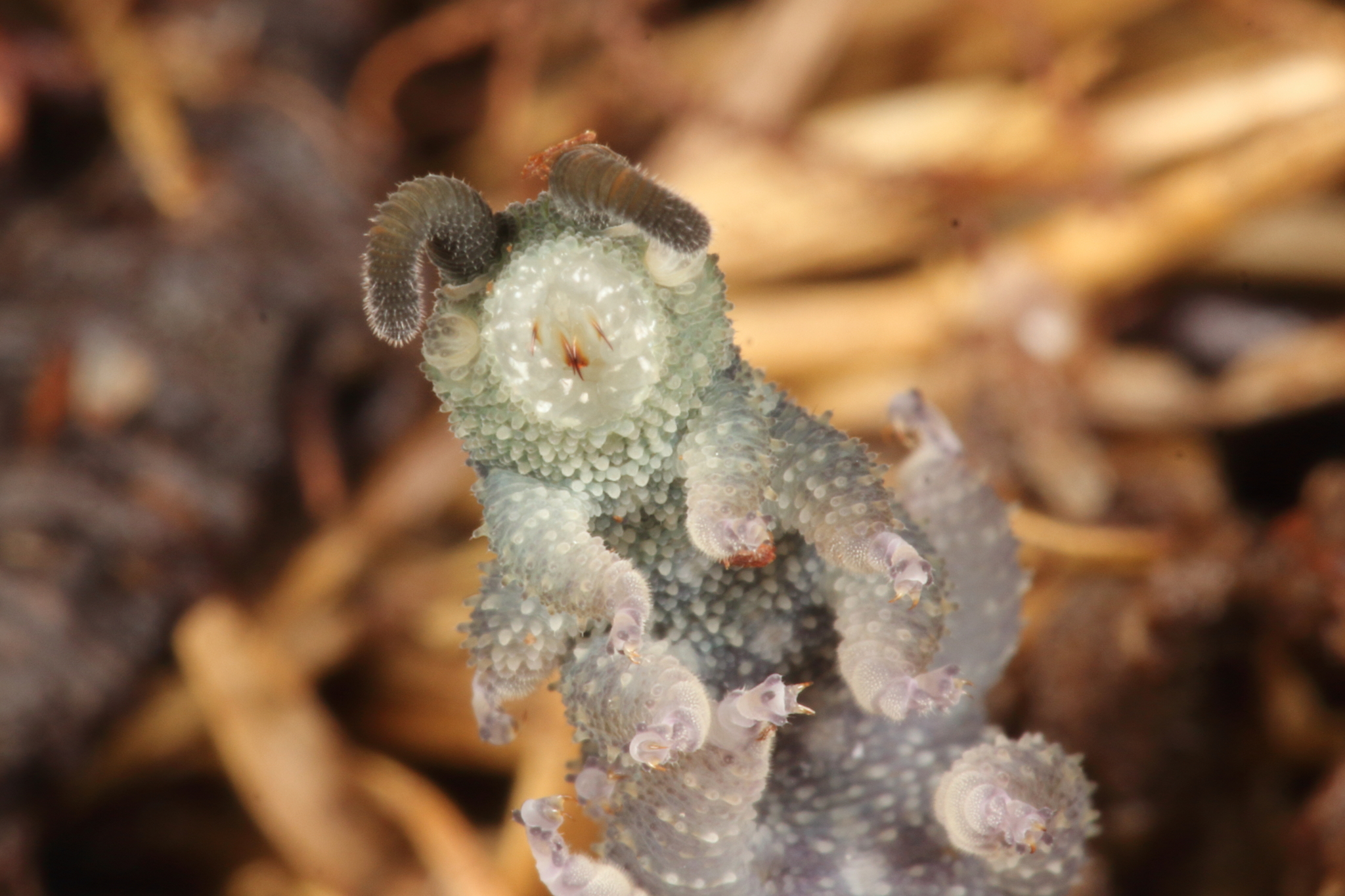|
Wambalana
''Wambalana'' is a monospecific genus of ovoviviparous velvet worms containing the single species ''Wambalana makrothele''. This species has 15 pairs of legs in both sexes. The type locality of this species is Telegherry State Forest, New South Wales, Australia New South Wales (commonly abbreviated as NSW) is a state on the east coast of :Australia. It borders Queensland to the north, Victoria to the south, and South Australia to the west. Its coast borders the Coral and Tasman Seas to the east. T .... References Further reading * Onychophorans of Australasia Monotypic onychophoran genera Fauna of New South Wales Endemic fauna of Australia Taxa named by Amanda Reid (malacologist) {{Onychophora-stub ... [...More Info...] [...Related Items...] OR: [Wikipedia] [Google] [Baidu] |
Amanda Reid (malacologist)
Amanda "Mandy" Louise Reid is an Australian taxonomist and malacologist. She held the position of collection manager of malacology at the Australian Museum from 2010 to 2023. She is a published researcher and author. Her research has resulted in the description of many species of velvet worms and cephalopods. Career Reid is an alumna of Macquarie University, a public research university in Sydney, Australia, where she completed a Bachelor of Science degree in 1984. She completed a Master of Science degree in 1990, with a thesis titled ''Taxonomic review of the Australian Rossiinae (Cephalopoda : Sepiolidae).'' She completed a PhD in 1996, with a thesis titled ''A systematic review of the Peripatopsidae (Onychophora) in Australia''. Reid has an interest in cephalopods, particularly bobtail or bottletail squids (Sepiolidae), cuttlefishes (Sepiidae), and pygmy squids ( Idiosepiidae). She has authored two books, and her research has been published in a number of scientific jou ... [...More Info...] [...Related Items...] OR: [Wikipedia] [Google] [Baidu] |
Monotypic Taxon
In biology, a monotypic taxon is a taxonomic group (taxon) that contains only one immediately subordinate taxon. A monotypic species is one that does not include subspecies or smaller, infraspecific taxa. In the case of Genus, genera, the term "unispecific" or "monospecific" is sometimes preferred. In botanical nomenclature, a monotypic genus is a genus in the special case where a genus and a single species are simultaneously described. Theoretical implications Monotypic taxa present several important theoretical challenges in biological classification. One key issue is known as "Gregg's Paradox": if a single species is the only member of multiple hierarchical levels (for example, being the only species in its genus, which is the only genus in its family), then each level needs a distinct definition to maintain logical structure. Otherwise, the different taxonomic ranks become effectively identical, which creates problems for organizing biological diversity in a hierarchical o ... [...More Info...] [...Related Items...] OR: [Wikipedia] [Google] [Baidu] |
Ovoviviparity
Ovoviviparity, ovovivipary, ovivipary, or aplacental viviparity is a "bridging" form of reproduction between egg-laying oviparous and live-bearing viviparous reproduction. Ovoviviparous animals possess embryos that develop inside eggs that remain in the mother's body until they are ready to hatch. The young of some ovoviviparous amphibians, such as '' Limnonectes larvaepartus'', are born as larvae, and undergo further metamorphosis outside the body of the mother. Members of genera '' Nectophrynoides'' and '' Eleutherodactylus'' bear froglets, not only the hatching, but all the most conspicuous metamorphosis, being completed inside the body of the mother before birth. Among insects that depend on opportunistic exploitation of transient food sources, such as many Sarcophagidae and other carrion flies, and species such as many Calliphoridae, that rely on fresh dung, and parasitoids such as tachinid flies that depend on entering the host as soon as possible, the embryos ... [...More Info...] [...Related Items...] OR: [Wikipedia] [Google] [Baidu] |
Onychophora
Onychophora (from , , "claws"; and , , "to carry"), commonly known as velvet worms (for their velvety texture and somewhat wormlike appearance) or more ambiguously as peripatus (after the first described genus, ''Peripatus''), is a phylum of elongate, soft-bodied, many-legged animals. In appearance they have variously been compared to worms with legs, caterpillars, and slugs. They prey upon other invertebrates, which they catch by ejecting an adhesive slime. Approximately 200 species of velvet worms have been described, although the true number is likely to be much greater. The two extant families of velvet worms are Peripatidae and Peripatopsidae. They show a peculiar distribution, with the peripatids being predominantly equatorial and tropical, while the peripatopsids are all found south of the equator. It is the only phylum within Animalia that is wholly endemic to terrestrial environments, at least among extant members. Velvet worms are generally considered close relatives o ... [...More Info...] [...Related Items...] OR: [Wikipedia] [Google] [Baidu] |
Type Locality (biology)
In biology, a type is a particular wikt:en:specimen, specimen (or in some cases a group of specimens) of an organism to which the scientific name of that organism is formally associated. In other words, a type is an example that serves to anchor or centralizes the defining features of that particular taxon. In older usage (pre-1900 in botany), a type was a taxon rather than a specimen. A taxon is a scientifically named grouping of organisms with other like organisms, a set (mathematics), set that includes some organisms and excludes others, based on a detailed published description (for example a species description) and on the provision of type material, which is usually available to scientists for examination in a major museum research collection, or similar institution. Type specimen According to a precise set of rules laid down in the International Code of Zoological Nomenclature (ICZN) and the ''International Code of Nomenclature for algae, fungi, and plants'' (ICN), the ... [...More Info...] [...Related Items...] OR: [Wikipedia] [Google] [Baidu] |
New South Wales, Australia
New South Wales (commonly abbreviated as NSW) is a state on the east coast of :Australia. It borders Queensland to the north, Victoria to the south, and South Australia to the west. Its coast borders the Coral and Tasman Seas to the east. The Australian Capital Territory and Jervis Bay Territory are enclaves within the state. New South Wales' state capital is Sydney, which is also Australia's most populous city. , the population of New South Wales was over 8.3 million, making it Australia's most populous state. Almost two-thirds of the state's population, 5.3 million, live in the Greater Sydney area. The Colony of New South Wales was founded as a British penal colony in 1788. It originally comprised more than half of the Australian mainland with its western boundary set at 129th meridian east in 1825. The colony then also included the island territories of Van Diemen's Land, Lord Howe Island, and Norfolk Island. During the 19th century, most of the colony's are ... [...More Info...] [...Related Items...] OR: [Wikipedia] [Google] [Baidu] |
Onychophorans Of Australasia
Onychophora (from , , "claws"; and , , "to carry"), commonly known as velvet worms (for their velvety texture and somewhat wormlike appearance) or more ambiguously as peripatus (after the first described genus, ''Peripatus''), is a phylum of elongate, soft-bodied, many-legged animals. In appearance they have variously been compared to worms with legs, caterpillars, and slugs. They prey upon other invertebrates, which they catch by ejecting an adhesive slime. Approximately 200 species of velvet worms have been described, although the true number is likely to be much greater. The two extant families of velvet worms are Peripatidae and Peripatopsidae. They show a peculiar distribution, with the peripatids being predominantly equatorial and tropical, while the peripatopsids are all found south of the equator. It is the only phylum within Animalia that is wholly endemic to terrestrial environments, at least among extant members. Velvet worms are generally considered close relatives o ... [...More Info...] [...Related Items...] OR: [Wikipedia] [Google] [Baidu] |
Monotypic Onychophoran Genera
In biology, a monotypic taxon is a taxonomic group (taxon) that contains only one immediately subordinate taxon. A monotypic species is one that does not include subspecies or smaller, infraspecific taxa. In the case of genera, the term "unispecific" or "monospecific" is sometimes preferred. In botanical nomenclature, a monotypic genus is a genus in the special case where a genus and a single species are simultaneously described. Theoretical implications Monotypic taxa present several important theoretical challenges in biological classification. One key issue is known as "Gregg's Paradox": if a single species is the only member of multiple hierarchical levels (for example, being the only species in its genus, which is the only genus in its family), then each level needs a distinct definition to maintain logical structure. Otherwise, the different taxonomic ranks become effectively identical, which creates problems for organizing biological diversity in a hierarchical system. ... [...More Info...] [...Related Items...] OR: [Wikipedia] [Google] [Baidu] |
Fauna Of New South Wales
Fauna (: faunae or faunas) is all of the animal life present in a particular region or time. The corresponding terms for plants and fungi are ''flora'' and '' funga'', respectively. Flora, fauna, funga and other forms of life are collectively referred to as '' biota''. Zoologists and paleontologists use ''fauna'' to refer to a typical collection of animals found in a specific time or place, e.g. the "Sonoran Desert fauna" or the "Burgess Shale fauna". Paleontologists sometimes refer to a sequence of faunal stages, which is a series of rocks all containing similar fossils. The study of animals of a particular region is called faunistics. Etymology ''Fauna'' comes from the name Fauna, a Roman goddess of earth and fertility, the Roman god Faunus, and the related forest spirits called Fauns. All three words are cognates of the name of the Greek god Pan, and ''panis'' is the Modern Greek equivalent of fauna (πανίς or rather πανίδα). ''Fauna'' is also the word for a bo ... [...More Info...] [...Related Items...] OR: [Wikipedia] [Google] [Baidu] |
Endemic Fauna Of Australia
Endemism is the state of a species being found only in a single defined geographic location, such as an island, state, nation, country or other defined zone; organisms that are indigenous to a place are not endemic to it if they are also found elsewhere. For example, the Cape sugarbird is found exclusively in southwestern South Africa and is therefore said to be ''endemic'' to that particular part of the world. An endemic species can also be referred to as an ''endemism'' or, in scientific literature, as an ''endemite''. Similarly, many species found in the Western ghats of India are examples of endemism. Endemism is an important concept in conservation biology for measuring biodiversity in a particular place and evaluating the risk of extinction for species. Endemism is also of interest in evolutionary biology, because it provides clues about how changes in the environment cause species to undergo range shifts (potentially expanding their range into a larger area or becomin ... [...More Info...] [...Related Items...] OR: [Wikipedia] [Google] [Baidu] |






